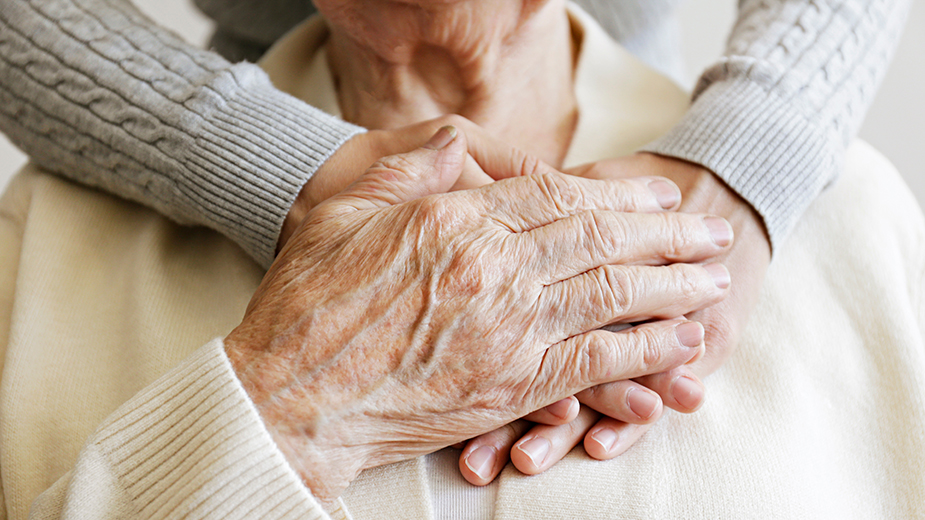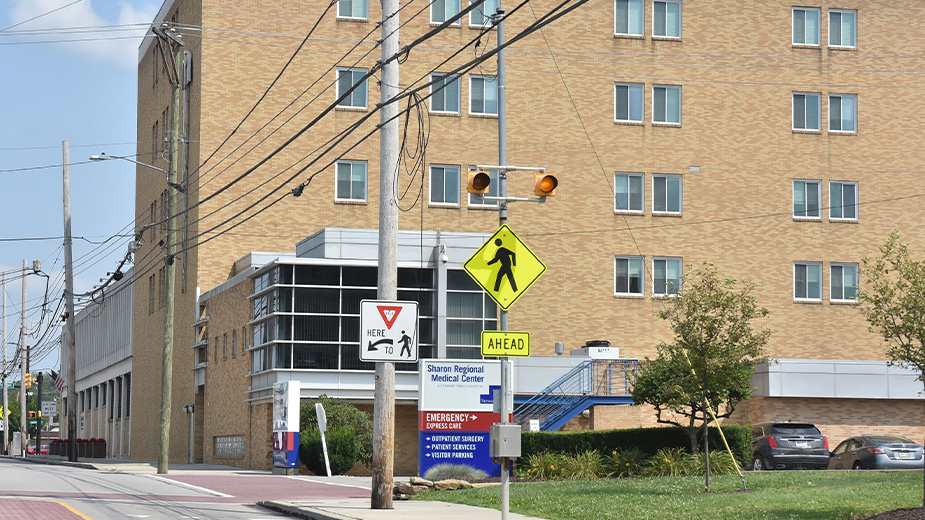Unsung Health Care Heroes: Family Caregivers
YOUNGSTOWN, Ohio – As the American population ages, its need for health care services is increasing. One of the most critical is home-based care, something that many untrained family members find themselves providing because they don’t know where else to turn.
At its core, caregiving is defined as the activity or profession of regularly looking after a person in need. In most cases, this refers to the elderly, although adults and children can also suffer from debilitating conditions that require ongoing one-on-one support.
Caregiving is a big industry in the United States, with over 35,000 companies offering services and over 711,700 job openings projected every year for the course of this decade, according to the Bureau of Labor Statistics. These professionals provide assistance in a range of domains, from activities of daily living (ADL) such as personal hygiene and dressing, to more intensive medication and mobility support. For many individuals, caregivers are the only thing keeping them at home – alive and well.
But what about those who can’t afford professional help?
A study commissioned by the U.S. Department of Health and Human Services finds that most older adults with long-term support needs cannot afford two years of paid home care without some form of financial assistance. In fact, the 2019 study found that a mere 22% of older adults with severe long-term needs are able to cover the expenses of professional care with income alone. This places the onus on family members to find some sort of intermediary solution, which is usually taking on the role of caregiver themselves.
The National Alliance for Caregiving and AARP recently conducted a joint survey assessing the state of caregiving in the United States. Its report found that the number of unpaid family caregivers increased by 9.5 million between 2015 and 2020. It now stands at 53 million, and according to 2021 data from AARP, the service these individuals provide is valued at over $600 billion.
Demands of Caregiving
The demands become heavier in cases where the family member being cared for has a condition that progressively impairs their ability to function, such as dementia, Parkinson’s disease, and advanced stages of cancer. In these situations, caregivers are expected to not only assist with the basic needs of their loved but expand their level of support over time.
A book published by the National Institutes of Health, “Families Caring for an Aging America,” defines caregiving arrangements with two factors: duration and intensity.
Duration refers to the number of hours spent caring for a family member on a daily, weekly or monthly basis. It also considers the total period of time this lasts. According to survey data, roughly 15% of caregivers had supported their loved one for less than a year, while another 15% reported a duration of 10 years or more. The remaining 70% of respondents fell in between one and 10 years – a figure that illustrates the long-term nature of many family caregiving arrangements.
As for intensity, or the level of work required to provide support, researchers noted that it had a connection to condition severity. As logic would indicate, those with more advanced illnesses generally require more help in activities of daily living, leading to more hours of care per day or week overall.
For instance, those supporting loved ones with basic household tasks only spent an average of 85 hours per month doing so, while individuals assisting with three or more mobility or self-care needs spent an average 253 hours. For context, that latter total is equivalent to working almost two full-time jobs.
There’s an emotional toll to consider as well. Unlike paid nurses and daily living support staff, family caregivers have a personal connection to the people they care for. They don’t have the luxury of detaching themselves during hard times, and instead feel the pressure of assuming full responsibility for their loved one’s wellbeing.
In the NIH publication’s survey, over three-quarters (77%) of family caregivers reported being involved in the coordination of their loved one’s care with health system providers. Over half (55%) indicated that they were the primary person ordering and managing medication, while over one-third (39%) said they handled insurance issues.
In this sense, many family caregivers find themselves not only providing tangible ADL and medical assistance to loved ones, but also advocatory support. That’s a very heavy burden to carry, which can impact one’s own quality of life if not balanced properly.
Research published this year by the NIH estimates that nearly half of caregivers who provide more than 40 hours a week of support have symptoms of depression.
Who Are Family Caregivers?
For the critical role they play, it’s worth taking the time to understand who family caregivers actually are. They’re obviously related to whoever they provide support to, but how? The answer to this question is fragmented into a few categories.
According to data reported by A Place for Mom, most unpaid caregivers in the United States (89%) are related by either blood or marriage. Of that total, 48% are the vulnerable person’s child, 11% their partner, 10% grandchild, 9% daughter/son-in-law, 5% sibling, 5% extended relative, and 1% parent. The remaining 11% of unpaid caregivers in the United States fall under the titles of friend, neighbor, or another non-relative.
Diving deeper into demographics, over 75% of caregivers are female. It’s believed that women spend as much as 50% more time providing care than men. While no role can be put into a box, The Institute on Aging paints the average family caregiver as a married woman, age 46, working outside the home for $35,000 annually.
Growing Demand
The Population Reference Bureau says that America is on a trajectory to almost double its population of people over the age of 65 from 52 million in 2018 to 95 million by the year 2060.
By 2030, older adults will make up one-fifth of the population. This trend is worrying policymakers because it means that the financial burden of caring for the aging population will only continue to grow. It also means that more caregivers will be needed to account for that population increase.
Experts fear that caregivers, particularly women, are being left behind. They argue that without a national policy in place to support family caregivers and the millions of Americans who provide unpaid care each year, we risk losing this valuable resource entirely.
SOURCE: Draft.co
Pictured at top: According to A Place for Mom, 75% of unpaid caregivers are women.
Published by The Business Journal, Youngstown, Ohio.



